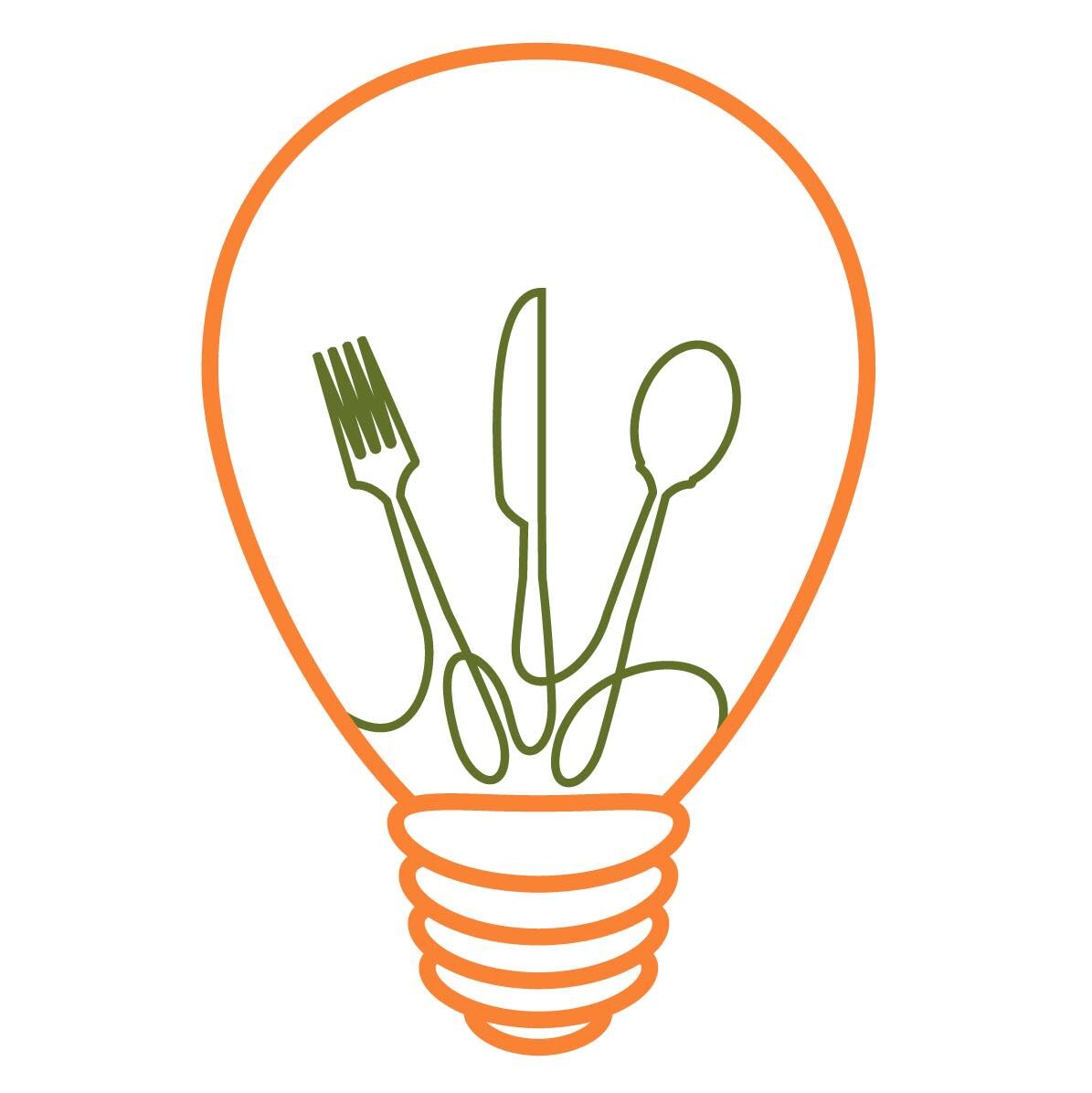
I am often asked, what are phytonutrients and where to find them. Simply put, phytonutrients are chemicals made by plants. Most have anti-oxidant effects and, though not essential, they are really great for human health! It has been estimated that 5-10 million phytonutrients could exist in the plant kingdom – but we only know about a tiny percentage of these.
There are numerous classes of phytonutrients including polyphenols (eg phenolic acids, tannins, flavonoids) & organosulfur compounds (eg isothiocyanates).
Plants make these phytonutrients to help them survive and thrive in their environment. The chemicals act as signalling molecules. They exist to protect the plant from being eaten by pests or succumbing to disease via insecticide, antibiotic & anti-fungal effects. At the same time, their colour, smell and taste can make the plant more attractive to pollinators. Phytonutrients can even protect against UV radiation from the sun’s rays!
Great, but what can phytonutrients do for me?
Now we’re clear on what are phytonutrients and where to find them, let’s delve into their healthy effects for us humans. Phytonutrients are very biologically active and we know they can do the following:
- Lower inflammation (directly and indirectly, by modulating our gut microbes)
- Enhance our immunity
- Support communication between cells
- Act as antioxidants
- Have anti-cancer effects
- Regulate our hormones e.g. alter oestrogen metabolism
- Reduce our risk of chronic diseases like cardiovascular disease, type 2 diabetes & cancer
We also know they interact SYNERGISTICALLY, influencing multiple biological pathways at once. This is why eating the WHOLE FOOD is usually better than supplementing (one nutrient in a pill will generally only impact one biological pathway at a time).
Where to Find Phytonutrients – Top Tips
- Eat a plant-based diet. If you’re eating lots of VEGGIES & FRUITS then you’ll be getting lots of phytonutrients
- Focus on variety: 30+ different plants every week. DIVERSITY on our plates really is key to health!
- Eat the rainbow: those colours aren’t just pretty! This will ensure you are getting a selection of different phytonutrients (e.g. red & blue anthocyanins, yellow quercetin & green chlorogenic acid)
- Dark colours (dark leafy greens, dark red/black/purple berries) & bitter flavour (broccoli & other cruciferous veg) generally suggest a lot of polyphenols!
- Eat local: Phytonutrient content decreases with cold storage
- Eat organic “wonky” fruit & veg! Environmentally “stressed” plants which have had to defend themselves from more pests and so on, means more phytonutrients. How cool is that!
- Pack in the herbs & spices, which are particularly potent sources. Grains, legumes, tea, coffee & cacau are all plant foods too.

















